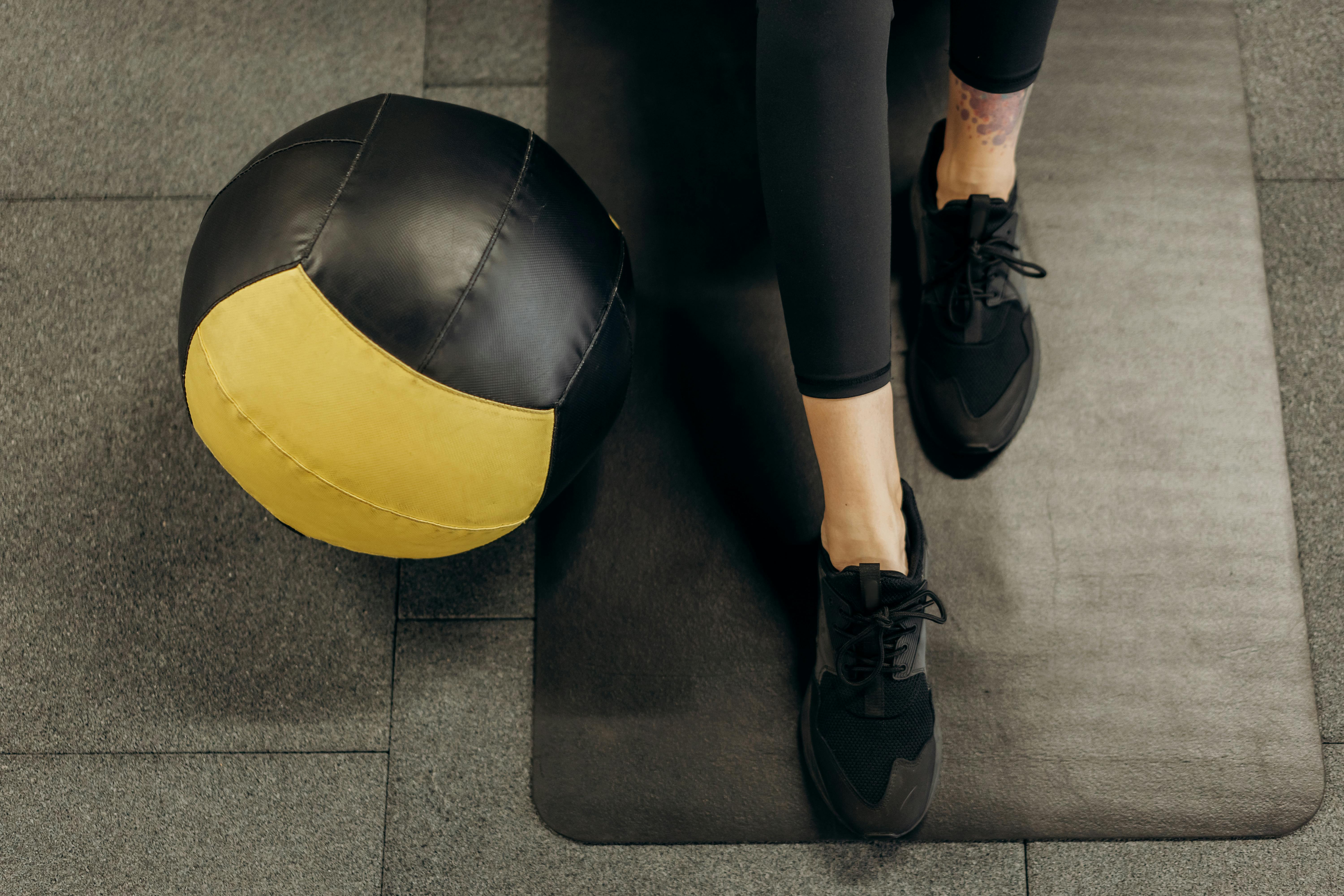When was the last time you had your brick paver patio or walkway serviced? Don’t be surprised if your brick pavers look worn, dirty, or even overgrown if you haven’t done anything to prevent it. Did you know that pavers can even start to move if not properly maintained?
Then what do you do? Here are some tips on how you can help restore the condition and appearance of your brick paver walk, patio, or driveway:
1. Determine if there has been any movement or settling of the pavers. Repair these areas according to the paver manufacturer’s specifications. This will require excavating an area to confirm that the foundation was done correctly in the first place. If not, you have a bigger task on your hands of redoing the foundation of that area or possibly the entire paver driveway, patio, driveway, etc.
2. Pressure wash brick paver areas with a pressure washer at 2700 psi or higher. You may or may not need to use a paver cleaner during this process.
3. Sweep joint sand into all paver joints and water with a light spray from a garden hose. Sweep the sand and water a second time to make sure the joints are filled with joint sand. Once dry, confirm that the joints are filled with joint sand and proceed to the next step. Having these joints completely filled and compacted will help maintain the stability of the paver.
4. Apply a joint stabilizing sealer to all areas of the paver. The sealer hardens the sand, which helps prevent water intrusion into the joints and insects digging through! Follow the manufacturer’s instructions on how to apply the sealer.
5. Apply a paver sealer if applicable and desired. There are many options when choosing paver sealers. Some will have a shiny wet look that often darkens the color of your pavers (which you may or may not want). Some paver sealers have a matte finish, while others are completely invisible. The sealer creates a durable barrier against liquid absorption into the paver itself (unlike joint-stabilizing sealer which hardens the sand in the joint). Brick paver sealers will help prevent staining and keep your pavers looking cleaner for a much longer period of time. Some high end pavers have a stain resistant surface and this step is not necessary. Follow the sealer manufacturer’s instructions on how to apply it correctly.
By following these tips, you’ll improve the appearance, help maintain structural integrity, and reduce the amount of annual maintenance on your brick pavers.




